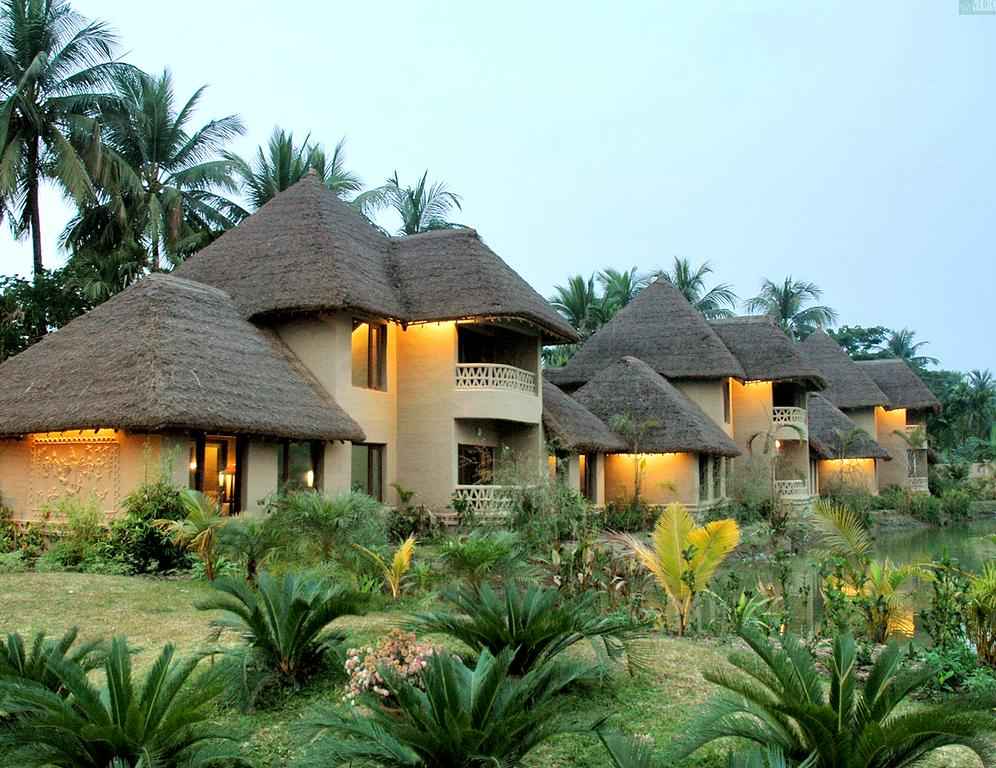The prospect of searing heatwaves driving holidaymakers to chill mountains and kids asking grandparents about their reminiscences of snow is focusing minds in Alpine ski resorts on the implications of climate exchange. With global warming widely predicted to decrease snowfall, particularly at decreased stages, the Swiss tourism enterprise is seeking approaches to keep a profitable enterprise brutally exposed to the weather. The Arosa ski resort in eastern Switzerland has created a $ 6.5 million refuge hosting Napa and two other bears rescued from cages at restaurants in Albania to help draw summer season visitors and decrease its reliance on skiers and snowboarders. School training, households, and a collection of military veterans celebrating their eightieth birthday have been visiting one recent summer day, supporting the park towards what Arosa tourism director Pascal Jenny said was a target of 50,000 site visitors this year.
Arosa reinvented itself earlier than that – shifting to iciness tourism in the Thirties after many years as a fitness lodge for tuberculosis sufferers. But with nearly 620,000 overnight remains in the last 12 months, more than three instances in the summertime total — it’ll not be clean. So Jenny, who fears a pointy decline in a snowstorm over the next 20 or 30 years, is hedging his bets. His –pronged method highlights the difficulty faced by using mountain lodges — a way to keep income as they embark on what the Organisation for Economic Co-Operation and Development says needs to be an international reconsideration of tourism. Storms, flooding, and tidal surges will threaten coastal regions, southern destinations will face severe heatwaves, and northern ones will see shorter intervals of a blizzard.

Mountain motels tend to be better in Switzerland than in Austria or France, giving them higher probabilities as snow will become scarcer. But even at 3,000 meters, pistes should see snow depths greater than halved using 2100 if greenhouse gas emissions aren’t curbed, a file in The Cryosphere, a peer-reviewed geosciences journal named after the frozen water elements Earth. Resorts under 1,2 hundred meters – as approximately 1 / 4 of Alpine ones are – might get almost no snow, stated the 2017 record, whose title starts offevolved “How a good deal are we able to save?”. It says that snow ranges will increase step by step if international temperature rises are contained.
Arosa is 1,775 meters up, but Jenny is concerned that a loss of snow inside the lowlands will cost its site visitors because people will lose their emotional connection with snow. Hence his interest in a commercial property in Denmark, Arosa is cooperating on an assignment to make artificial snow so that city dwellers can learn how to ski and then, he hopes, move on to hone their capabilities within the Alps. The economics are clear: everyday lift bypass for skiers in Arosa charges 79 Swiss francs($), even as a summer season hiker or mountain biker typically will pay 18 francs for a pass that lets them use a rope park, a swimming vicinity, and paddle boats in town’s lake. Hotels and eating places fee more in wintry weather, too. However, the sturdy Swiss franc has priced many people out. Nevertheless, Switzerland is one of the world’s wealthiest nations, and the Swiss government says the long-term outlook for tourism is wholesome. “Mountain summers can position themselves as an opportunity for the Mediterranean regions.
















